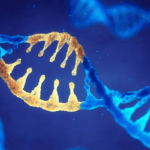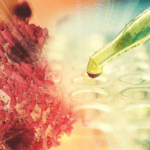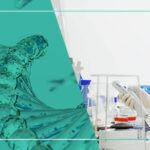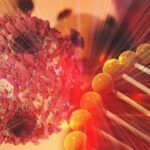Impact of Pre-Existing Immunogenicity Against AAV on Gene Therapy Trials
The concept of using pre-existing immunogenicity as an exclusion criteria for gene therapy clinical trials is changing. BioAgilytix’s Chief Scientific Officer, Dr. Jim McNally, explores…
CLIA Requirements for Gene and Cell Therapy Programs
It's a common misconception that all aspects of cell & gene therapy research and development are excluded from CLIA oversight. We take a closer look…
CRISPR-Cas9 Milestones: The First In Vivo Clinical Trial Is Now Underway in Boston
The first in-human in vivo clinical trial using CRISPR-Cas9 is now open for enrollment; we take a closer look at this genome editing technology to…
Gene Therapy Trends: Conditional Approval of Zynteglo Brings Ex Vivo Gene Therapy Into Focus
The recent approval of Zynteglo further builds credibility to the specific and emerging class of cell therapies engineered via “ex vivo” gene therapy. We explain…
Your Questions About Immunogenicity Assessment of Gene Therapy Compounds Answered
The webinar I recently hosted with my colleague Lydia Michaut explored key challenges and trends in the immunogenicity assessment of gene therapy compounds. This recap…
Immunogenicity Assessment of Gene Therapy Compounds
By Dr. Arno Kromminga and Dr. Lydia Michaut
Gene therapy has experienced an exciting resurgence in the post-genomic era, but unwanted immunogenicity is still a…
Supporting a Gene Therapy Clinical Trial with Assay to Measure NAbs Against the AAV9 Serotype
Today we're featuring a case study on how BioAgilytix developed a cell-based assay to determine the prevalence of pre-existing antibodies against the AAV9 serotype in…
The FDA’s Response to an Increase in the Development of Gene and Cell Therapies: What It Means for Sponsors
...material, gene therapy uses DNA to manipulate a patient’s cells to compensate for abnormal genes or to make a beneficial protein, and cell therapy…







